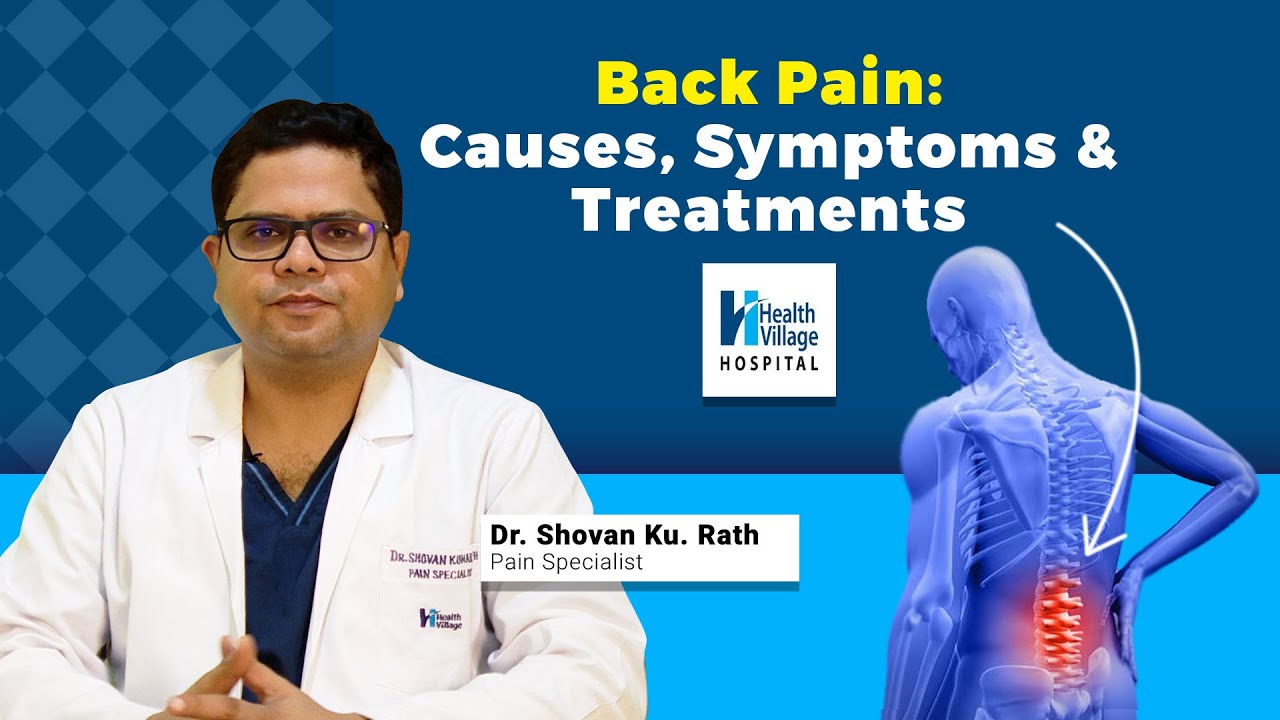Backpain
Backpain is one of the most common reasons people seek medical help or miss work. Back pain is a leading cause of disability worldwide.
Low back pain can result from many different injuries, conditions or diseases — most often, an injury to muscles or tendons in the back.
Pain can range from mild to severe. In some cases, pain can make it difficult or impossible to walk, sleep, work or do everyday activities.
Usually, lower back pain gets better with rest, pain relievers and physical therapy (PT). Cortisone injections and hands-on treatments (like osteopathic or chiropractic manipulation) can relieve pain and help the healing process. Some back injuries and conditions require surgical repair.
Around four out of five people have lower back pain at some point in their lives. It’s one of the most common reasons people visit healthcare providers.
Some people are more likely to have lower back pain than others.
Symptoms of lower back pain can come on suddenly or appear gradually. Sometimes, pain occurs after a specific event, such as bending to pick something up. Other times, you may not know what caused the pain.
Pain may be sharp or dull and achy, and it may radiate to your bottom or down the back of your legs.
Other symptoms of lower back pain include:
- Stiffness: It may be tough to move or straighten your back. Getting up from a seated position may take a while, and you might feel like you need to walk or stretch to loosen up. You may notice decreased range of motion.
- Posture problems: Many people with back pain find it hard to stand up straight. You may stand “crooked” or bent, with your torso off to the side rather than aligned with your spine. Your lower back may look flat instead of curved.
- Muscle spasms: After a strain, muscles in the lower back can spasm or contract uncontrollably.


